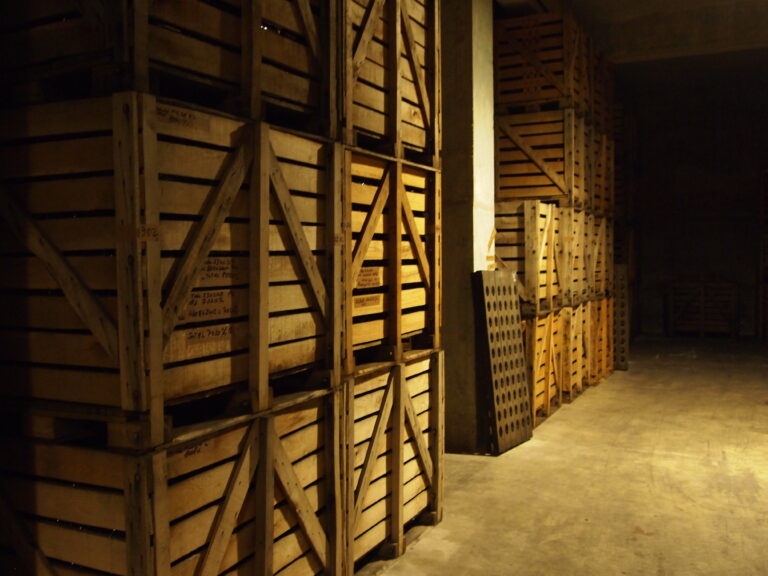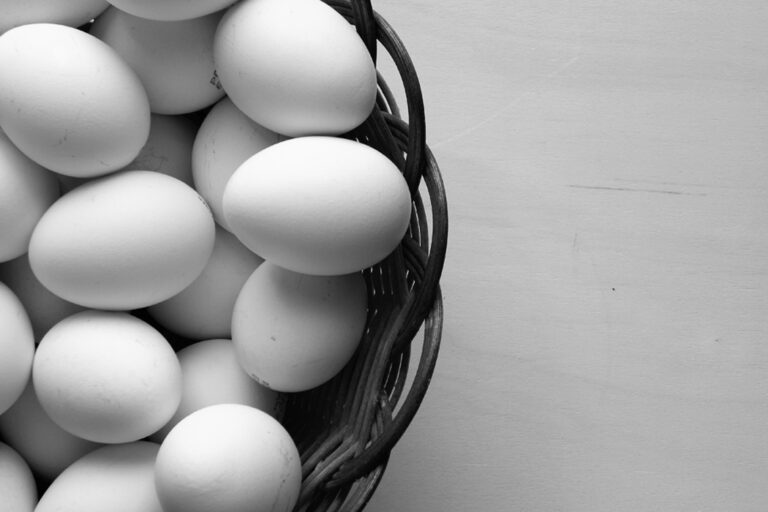FROM THE NEW BOOK: A SCENT OF CHAMPAGNE In a northern wine region like Champagne, the vintage varies in quality more than they do in a warmer climate. By mixing different vintages to thereby balance the wine, the problem is overcome. The year when the grapes ripen to perfection is when the vintage champagnes are made. These wines will reflect both the producer’s style and the year the grapes were harvested.

THERE IS NO TEMPLATE for the perfect year. The vintage’s style is dependent on a series of complex factors such as tem- perature, sun, and rainfall that are all of great importance. What mainly matters is how these components are distributed over the year. The various vintages’ personalities belong to the wine taster’s greatest joys. Some are most fond of the powerful vintages, for example, 1947, 1959, 1976, 1989, 1990, and 1996, whereas others prefer vintages that gave more elegant and deli- cate champagnes, for example, 1955, 1966, 1969, 1971, 1979, 1985, 1988, 1995, and 2008. No matter what year you prefer,
having different vintages is what makes wine tasting even more fascinating. It is difficult to rate the overall quality of the vintage because some vintages are generous at a young age whereas oth- ers take forever to evolve. Remember that the vintage table that follows is very general. The vintages with the best score of wines are destined for a long life and have a high maximum. More of the vintages with low grades can be very good to drink now because they are already at the top. Therefore, always check assessments of the different wines in the evaluation chapter presented in this book.
How has Richard rated the different vintages from 1900 until 2011?
To find out You need to be a member @ champagneclub.com and log in.





